On the occasion of Avatar 10 Year Anniversary, the legendary director, James Cameron, has held a Q&A session answering questions from the audiences. One of the questions was related to the necessity of filming in 3D. Read Cameron’s answer below.
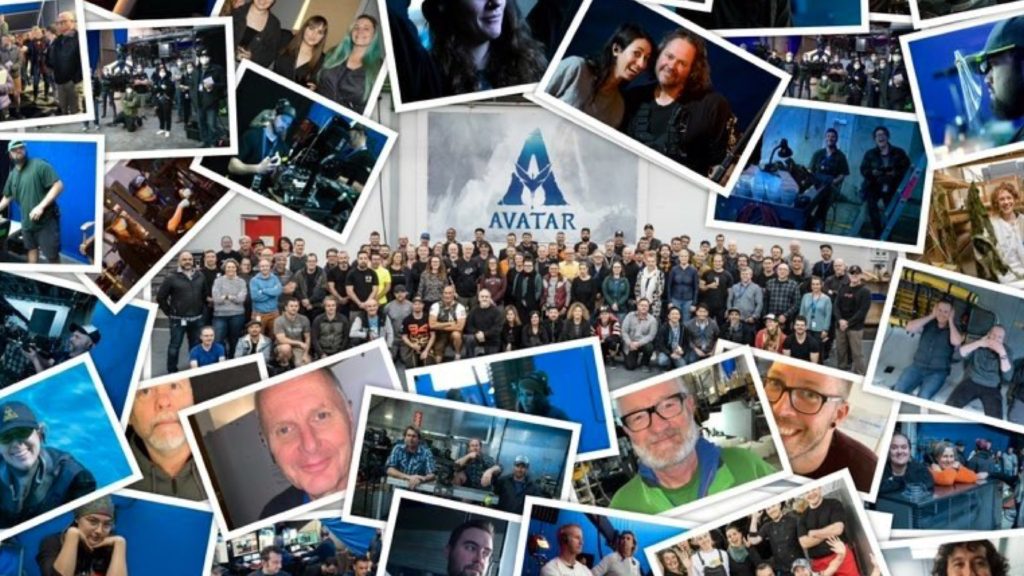
Avatar: The never-ending sequel
This Avatar sequel was announced in December 2009. Originally, James Cameron wanted to release it in 2015. However, after several delays, Cameron announced that the release would be in December 2020. In July 2020, the film was postponed even further due to COVID. For now, the final date is December 2022. Avatar 3 will be released in 2024. Nevertheless, we can say that the principal photography for 2 and 3 is done (Read: Avatar Sequels Update: Principal Photography is Almost Finished). The Director of Photography is Russell Carpenter, Cameron’s cinematic partner. This team has worked together on very well-respected and complicated projects before.

We experience the world through stereoscopic system…visual system (we all have two eyes) and when you see stereo, it triggers regions at the brain that make you feel that you really there.
Director James Cameron
It took more than a decade for technology to evolve
Cameron says that back then, the technology regarding the 3D shooting was premature. Thus, it took time for it to evolve so moviegoers will get what they paid for. For instance, on Avatar they were pushing the boundaries of high-tech filmmaking, by developing a new and dedicated system called Fusion Camera. This Fusion Camera System (aka Reality Camera System 1) was developed in order to shoot features in stereoscopic 3D. The system made first use of Sony HDC-F950 and later of Sony HDC-1500 HD cameras when they became available. It was worth it though since Avatar (I) is the first movie shot with 3D cameras and has been nominated for the Best Picture Academy Award.
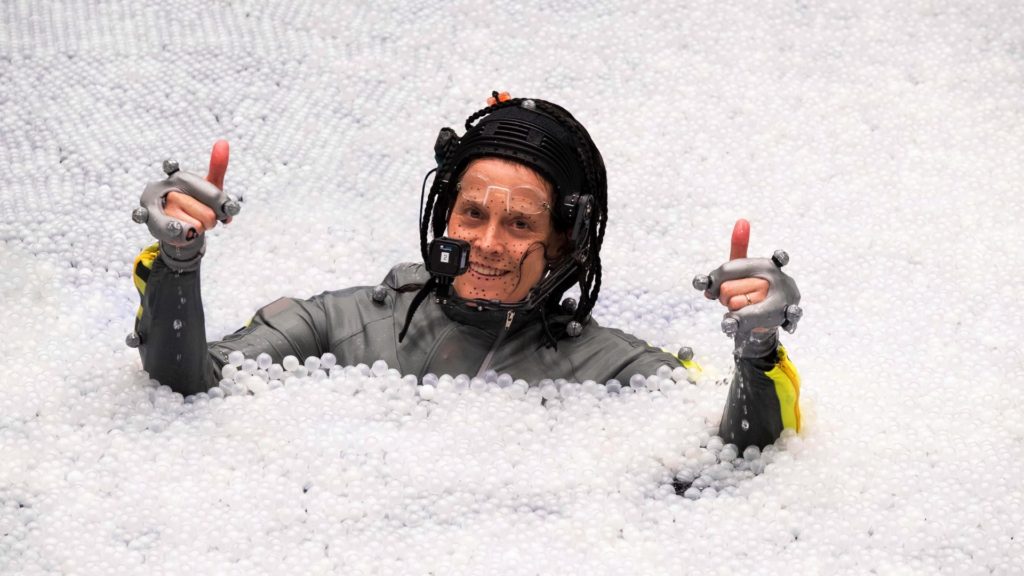
We want to take you to Pandora and feel it, smell it, so you can go on a real journey, and 3D imaging helps with that.
Director James Cameron
It has been defined as a millstone for Cameron that the audiences are ready for more high-end polished 3D content (Read: Avatar (2009): The Milestone of Filmmaking Breaks a Record). As for the sequels, the main camera is Sony Venice (according to IMDB, it’s the VENICE 3D which is probably a dedicated version also assembled by Cameron). Moreover, sources say it took the team a year and a half to develop a new motion capture system that operates well underwater since the majority of the film is captured on a specially built pool. Also, the rumored title is Avatar 2: The Way of Water, which indicates the vast underwater sequences we’re going to explore there.
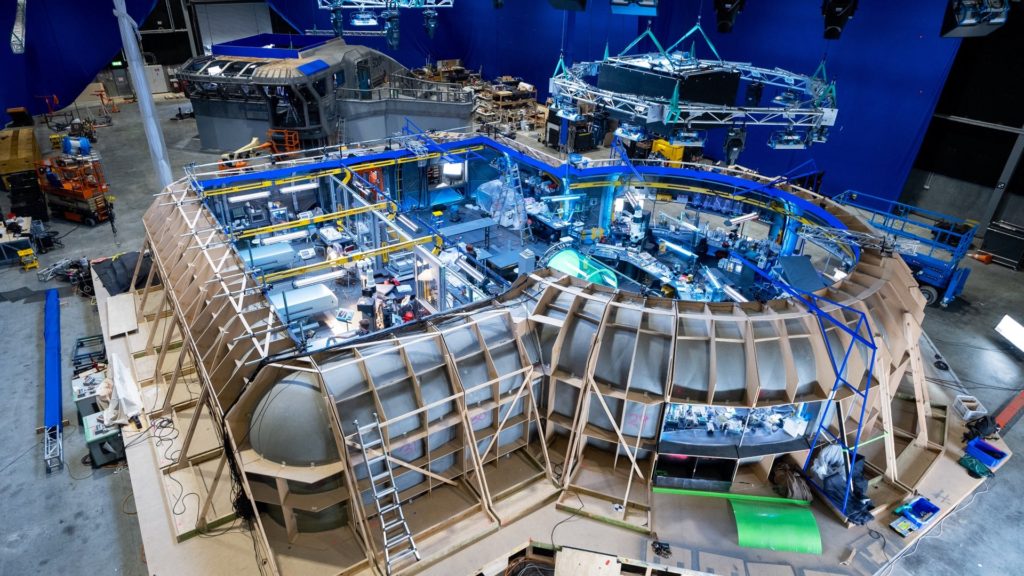
Why 3D? “Because it’s the native way to see movies”
On the occasion of Avatar 10 Year Anniversary, Cameron has held a Q&A session answering questions from audiences. One of the questions was addressed Cameron’s obsessively to shoot only in 3D. Here’s the question: “You are making all of your movies in 3D. Why is 3D important to you?”. Cameron answered: “We experience the world through stereoscopic system…visual system (we all have two eyes) and when you see stereo, it triggers regions at the brain that make you feel that you really there…. We want to take you to Pandora and feel it, smell it, so you can go on a real journey, and 3D imaging helps with that…People want to go to the cinema and have a full experience, not 90%, but 100%.”

People want to go to the cinema and have a full experience, not 90%, but 100%.
Director James Cameron
Furthermore, James says that 10 years ago, there was a limitation regarding the duration of 3D movies which were limited to 90 minutes. That was because of the 3D glasses. The Studios thoughts that moviegoers would feel uncomfortable wearing 3D glasses for the entire movie. However, they were wrong. According to Cameron, when the movie is good and immersive, the audiences forget about wearing those 3D glasses. That broke the time limitation which allowed to expand the duration of the 3D movies to more than 150 minutes (for instance: Avengers, Transformers, the next Avatars, and more).
Watch the whole Q&A session below:
Final insights
We surely can expect new filmmaking technologies implementations on Avatar sequels. Also, it will be interesting to find out more about the Sony VENICE 3D system developed for the film. What are your thoughts about Cameron’s statement regarding the necessity of filming in 3D? Do you agree with that thesis? Feel free to comment below.

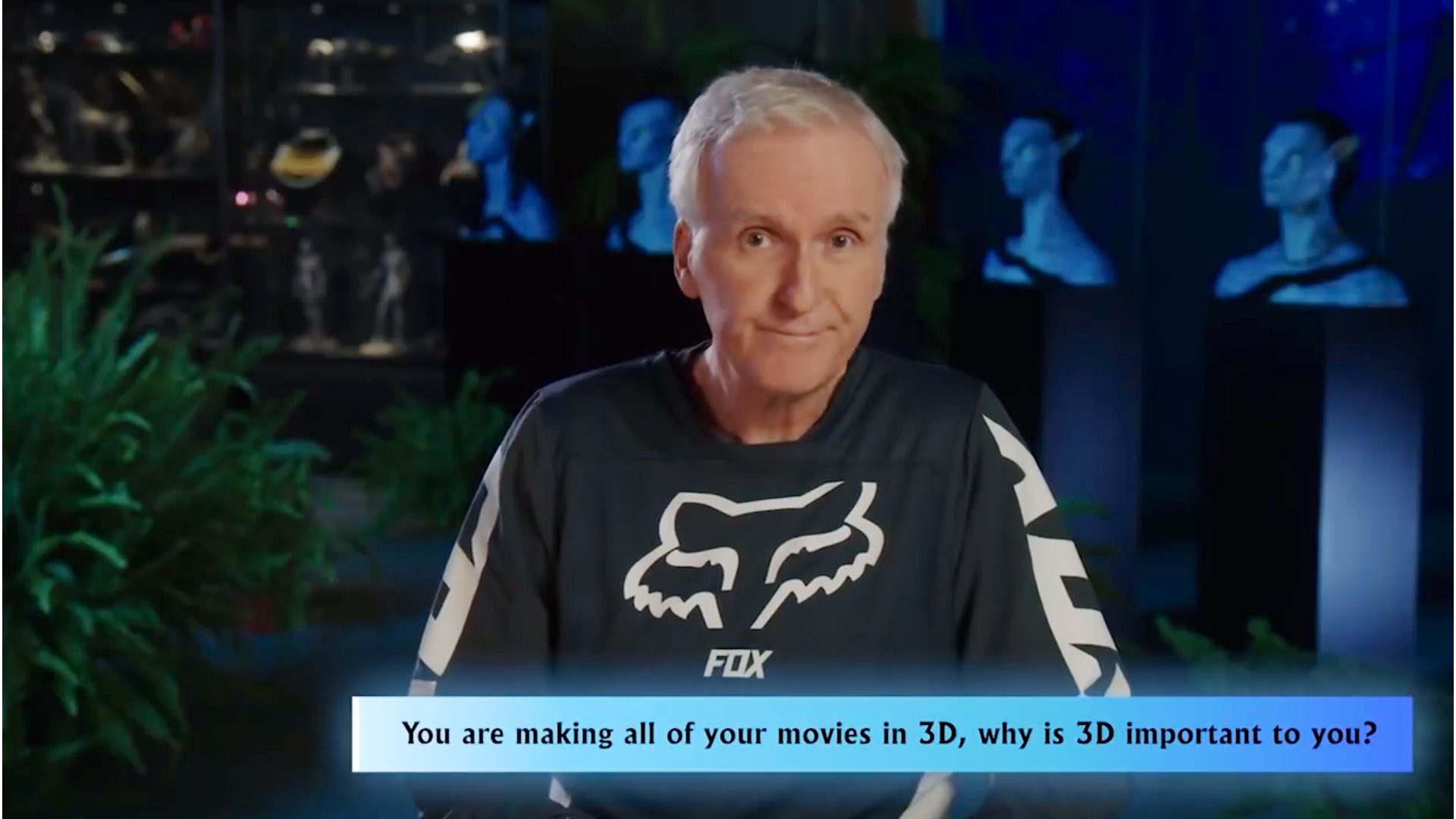
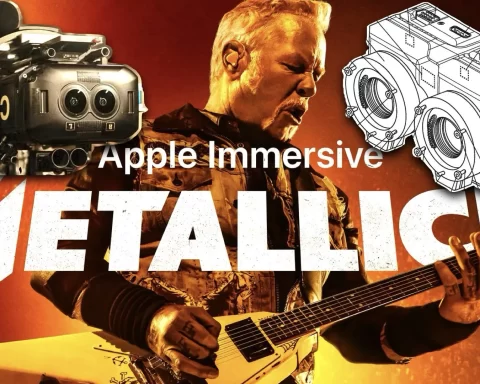
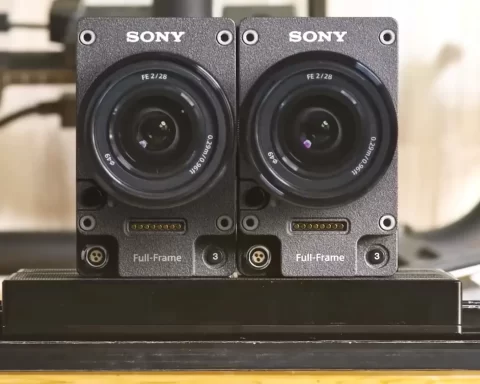
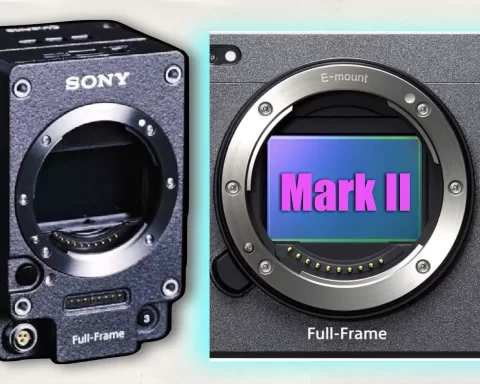


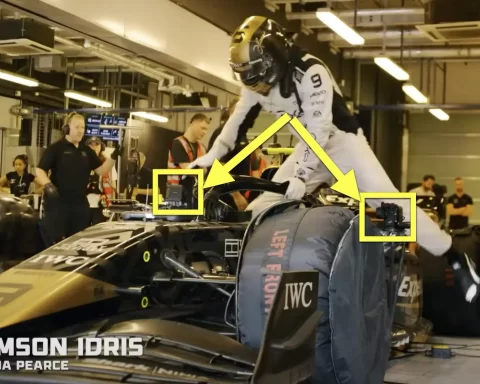

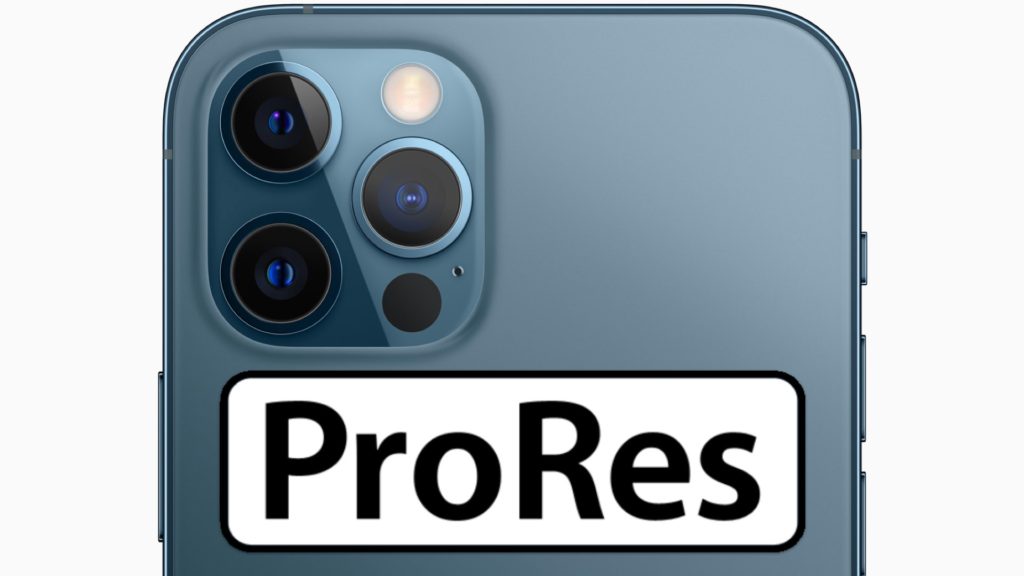
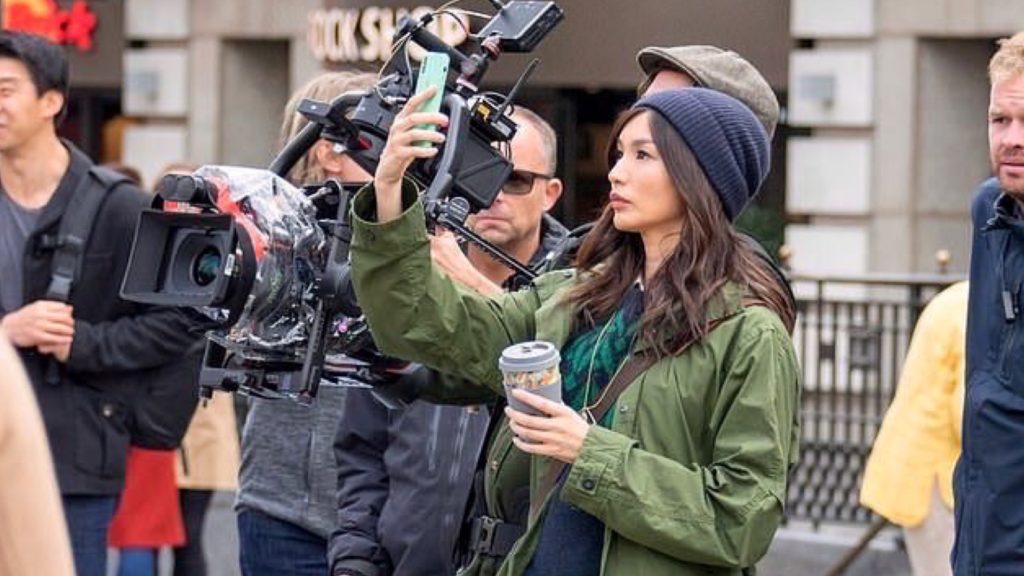
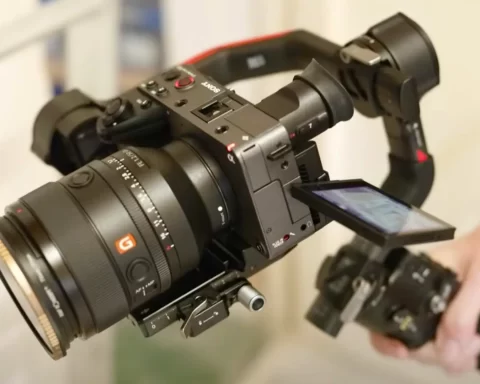
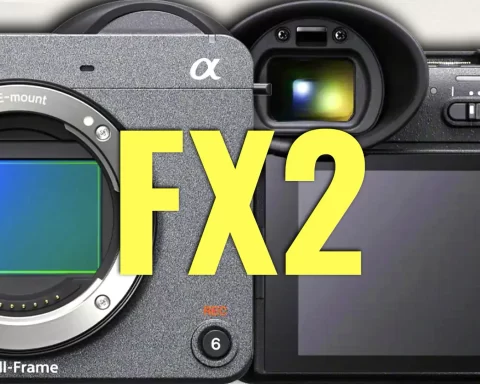
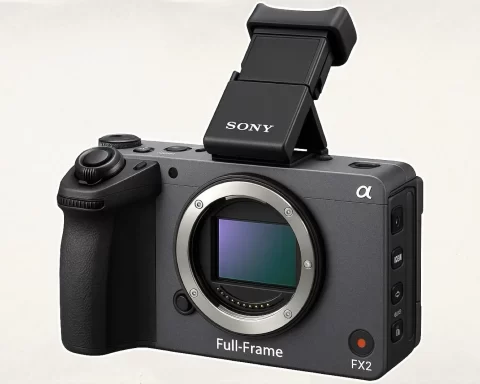

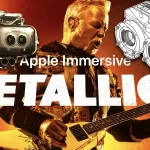
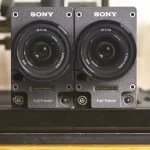
I hate watching movies in 3D. Until you can do it without glasses, it is less enjoyable than a 2D screening (for me). It was a nice fad during the first Avatar but since then and with all the crappy conversions that weren’t shot on 3D rigs, it seems more like a money grab for theatres to charge more than it does a neat experience.
That’s awesome that he decided to make the new ones in 3D also. I absolutely love 3D movies and wish that they didn’t stop making 3D TVs. The first Avatar in 3D was fantastic, so I am very excited to see this upcoming movie which was filmed with better technology. I feel like it really does create a more immersive experience, like James Cameron says. I already had a 3D TV, but I bought an OLED 3D TV as soon as I knew they stopped production of them at the end of 2016, so I got the best one that will have ever been made. My friends and most of my family enjoy 3D as well. I hope they keep making new 3D movies for at least a few more years. I’m going to buy a 3D projector too pretty soon.
I hope you put plenty of super pop outs in the movie because that’s what movie goers are looking for and that’s what has been lacking in 3d movies.. Forget this gimmickry stuff because it shows creative film making to accomplish pop outs in an artistic way. Give the people what they want for Christ sake.
If given the choice of watching a movie in 2d or 3D, I would always choose 3D. Everyone who has watched a movie at my house on my SONY XBR100Z9D, has fallen in love with 3D movies, specially when using an Atmos sound system. There is nothing more immersive, and I thank James Cameron for this. I have almost every 3D movie made, my friends always hope to see another new movie, and with Avatar 2 coming out, hopefully we will.
It’s tiresome hearing some say they hate wearing glasses to watch 3D movies. Time after time going back to the 1950s thew audience has shown a preference for 3D over 2D. Flat 2D movies are just that. Flat. 3D brings an emotional gravitas to the screen. I applaud James Cameron for sticking to his 3D guns. While we’re at it we need more 3D Blu-ray releases. Many of us have been supporting the market. In the beginning 2D movies were called illegitimate theater by the polite, bastard theater by the rude. Those days are long past. I look forward to the day when the unwarranted negativity to 3D movies is long past. It is overdue.